The Sidewalk Transit Amenities Program
Transforming Urban Mobility
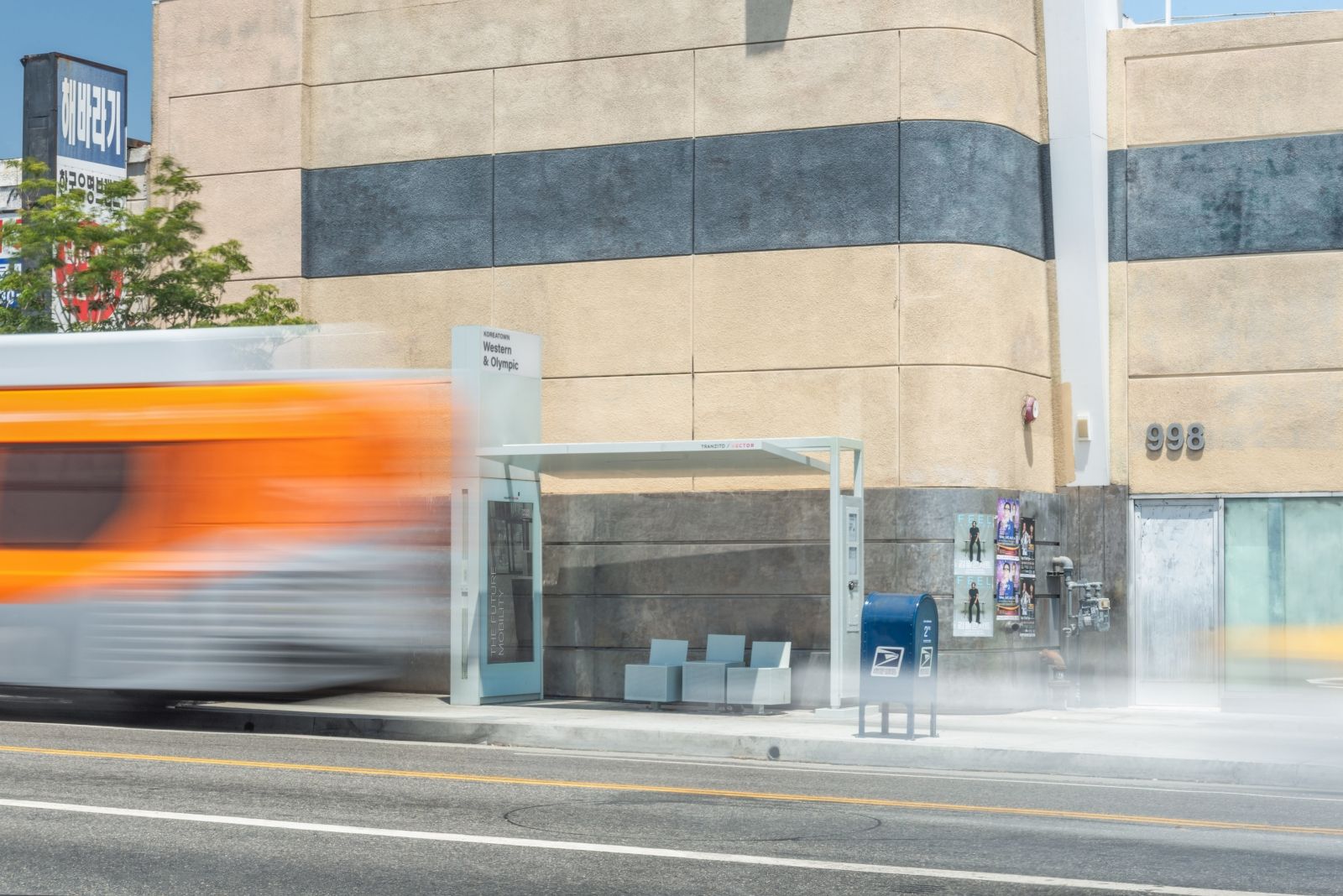
With nearly 4 million residents, Los Angeles is not only one of the most populous cities in the United States, it’s also one of largest—with its sprawling and dynamic landscape reaching from the Pacific Ocean into the San Fernando and San Gabriel Valleys.
Today, 900,000 of the city’s residents rely on Public Transportation to traverse the vast landscape of the city—supported in large part by a fleet of over 2,300 Buses traveling to over 1,000 Bus Stops scattered across the city.
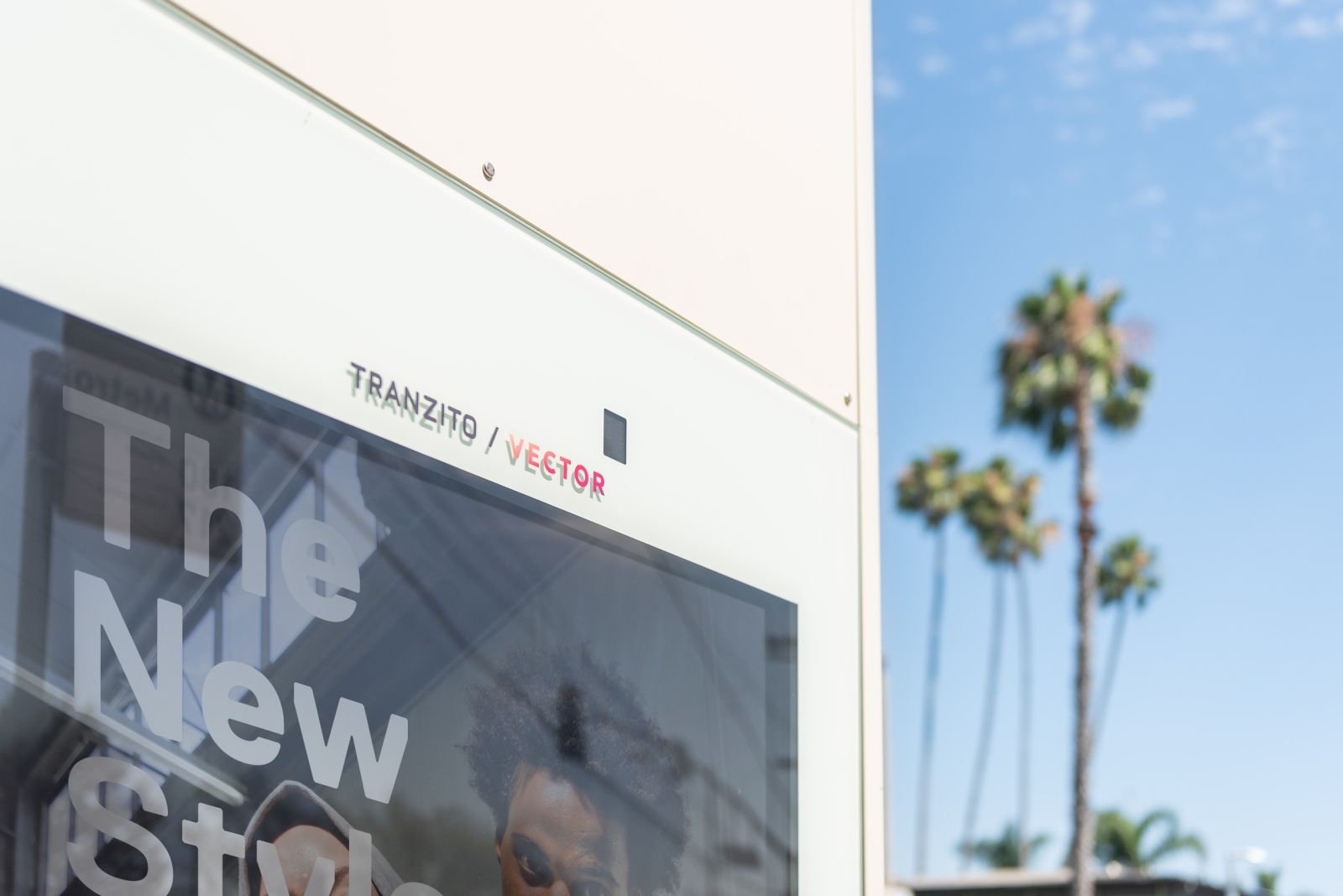
How We Started…
In 2023, the City of Los Angeles came to Designworks’ Los Angeles Studio to help improve the experience for these riders, enhance the ability of residents to access real time Public Transit information and utilize the city’s Bus Stops to better serve the communities where they exist.
In partnership with Tranzito, the STAP Program (Sidewalk Transit Amenities Program) was designed to address these needs—specifically seeking to provide shelter, shade, safety, comfort and utilize emerging technologies to bring connectivity to Los Angeles bus riders.
As experts in mobility, and the use of emerging technology to enhance the experience for users, and with a team comprised of many LA natives, Designworks was uniquely positioned to successfully take on this ambitious program.
Of course, you can’t solve the problems of tomorrow alone. Designworks and Tranzito teamed up with a number of experts with local expertise to ensure the solutions we designed together addressed the unique needs of the communities they needed to serve.
Ultimately, the efforts consisted of eight partners in total: each tasked with their own area of ownership, including community outreach, site planning, manufacturing, infrastructure support and technology services.

From Static to Dynamic
The centerpiece of the STAP program was the opportunity to reimagine the bus shelter. The Designworks team saw an opportunity to transform these shelters, something that has traditionally been merely static artifacts, into a platform that could evolve and change over time to meet the changing needs of LA residents.
With over 1,000 Bus Shelters in Los Angeles, the design of this core piece of the STAP infrastructure needed to satisfy varying community needs, address a diverse set of infrastructural challenges and be usable for riders as diverse as the city itself.
Ultimately, we designed a modular solution that could be constructed to meet the unique specifications of the location where it would be placed. Additionally, we prioritized the ability to offer shade as a core aspect of the design; understanding that while climate change is making temperatures in LA hotter, many areas of the city (particularly low-income communities) lack adequate shade through which to escape the heat.
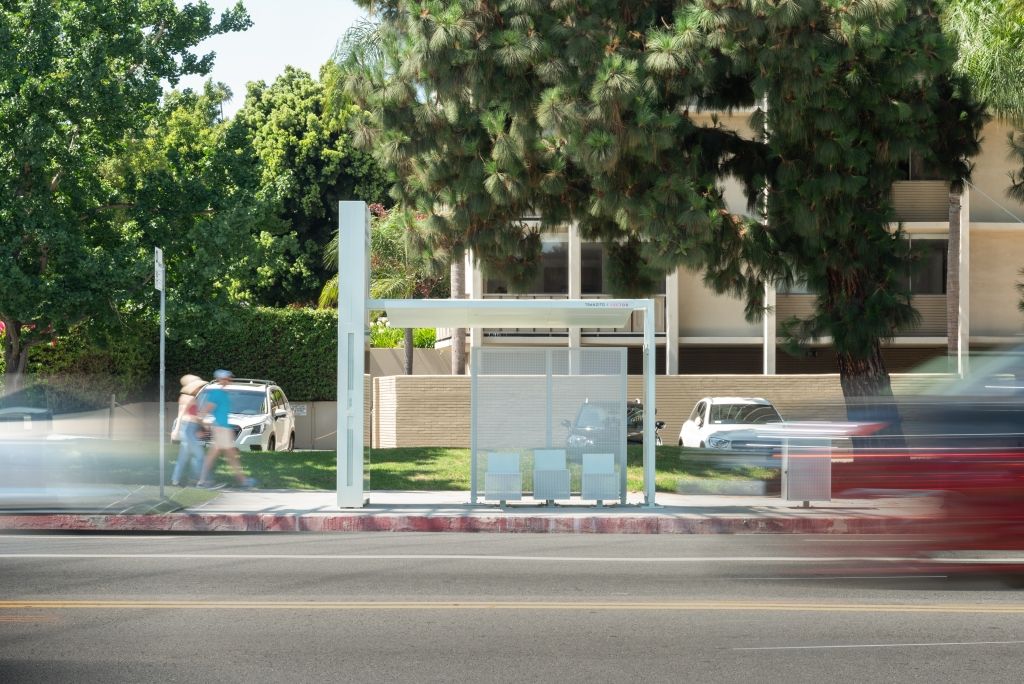
Understanding LA Ridership
As part of our efforts to design the most effective solutions, our team needed to understand the riders these solutions would be serving. Our team worked to identify the different types of public transit users, ultimately identifying seven unique rider types.
Our strategists then examined the typical public transportation customer journey from end-to-end and stress-tested the current experience against these different personas to understand the unique context, needs, challenges and opportunities to better serve each of them. By looking at user context, potential pain points and opportunities to assist in discovering the city beyond the bus stop, Designworks was able to identify a number of opportunities that will make a near-term impact as well as guide our clients in future endeavors.

Real-Time Transit Information
One of the most challenging aspects of the program was determining how to make real time transit information more widely accessible to bus riders. Static bus schedules can present a number of challenges, as transit data is not represented in real time—however the ability to bring high quality screens into the 1000+ bus shelters across the city presents challenges both financially as well as logistically.
The solution was found in the E-Ink display screen. These low-power, durable screens were used to serve dual purposes: displaying real-time information for riders and acting as flexible signage that can quickly reflect city-wide events, weather, route changes and other factors that will impact LA riders and their mobility journeys.
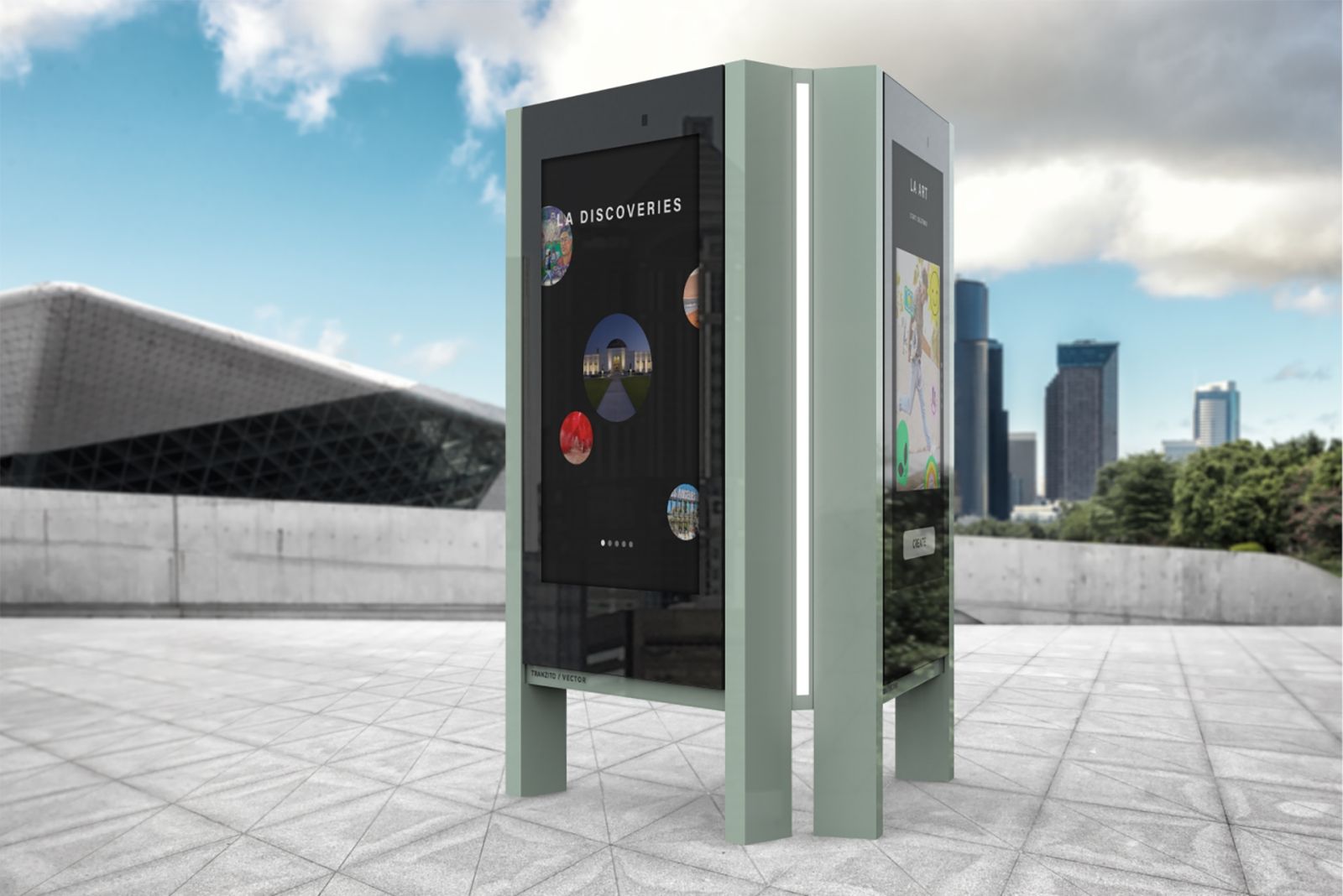
Self-Sustaining Solutions
While the primary purpose of the program was to bring value to the LA Bus Riders and the larger LA community, strategic use of the high visibility offered by the LA Bus Stop assets to generate revenue would reduce maintenance costs to the city and help contribute to better products and services for the community at large.
Designworks designed several solutions for how to generate revenue, from traditional advertising placement that could be easily implemented within the city’s existing content management systems, to more multi-dimensional experiences that represented new and more profitable revenue streams for the future.
A focus on both the design opportunity, as well as the business realities, ensures our solutions meet the full needs of the business.
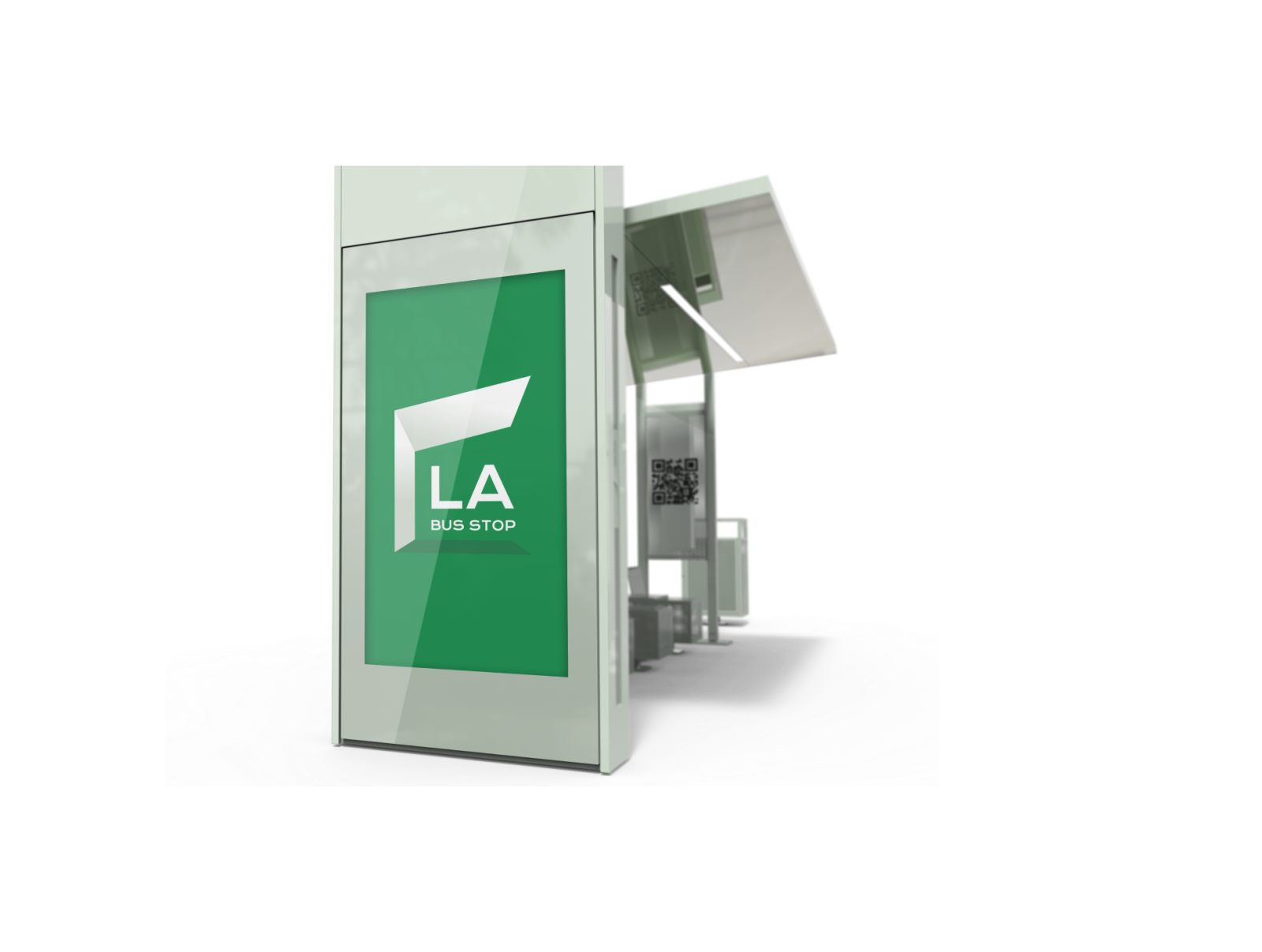
Accessible Brand Design
With the components designed, our team took a step back to view the ecosystem as a whole—to see from the riders’ perspective, how the individual components came together as a system.
Through this lens, it was clear that an overarching look and feel would greatly improve the usability of the solutions and help riders orient themselves as they navigated what are often very cluttered sidewalks and right of ways.
Designworks’ intimate understanding of how great brands (such as BMW) are built and maintained over decades was excited to apply its expertise to building a new brand.
The LA BUS STOP brand provided a simple and intuitive name, while the logo drew inspiration from the distinctive shape of a bus shelter, elegantly incorporating the brand name within its design.
The distinct font was selected for its ability to be welcoming while maintaining a sense of cleanliness, legibility, and striking contrast. While the brand colors prioritize simplicity and clarity through high contrast.

Mobile Connectivity
With the vast majority of LA Bus Riders actively using mobile devices to navigate the sprawling city, designing a mobile companion app to complement the physical shelter’s digital experiences was critical to ensuring the program met its goals.
The LA Bus Stop app was designed to be accessible through web to ensure functionality was not dependent upon downloading an app, and allowed
riders to plan routes, view journeys in advance, and receive important alerts related to their trips.
While the robustness of the functionality offered was limited by the technical constraints of the city’s supporting infrastructure, the app was designed to act as a platform for future service development, such as maintenance requests, Wi-Fi access, and personalized digital content in the shelter.
“For us, this was truly a passion project—the opportunity to work with an incredible line-up of partners to accomplish positive change in our own city—improving the lives of our fellow LA locals and making strides towards a more mobile and more accessible city—makes us very proud.”
Our work with Tranzito and the City of Los Angeles is a true reflection of our mission—to help to shape a better future for mobility in one of the most dynamic cities in the world.